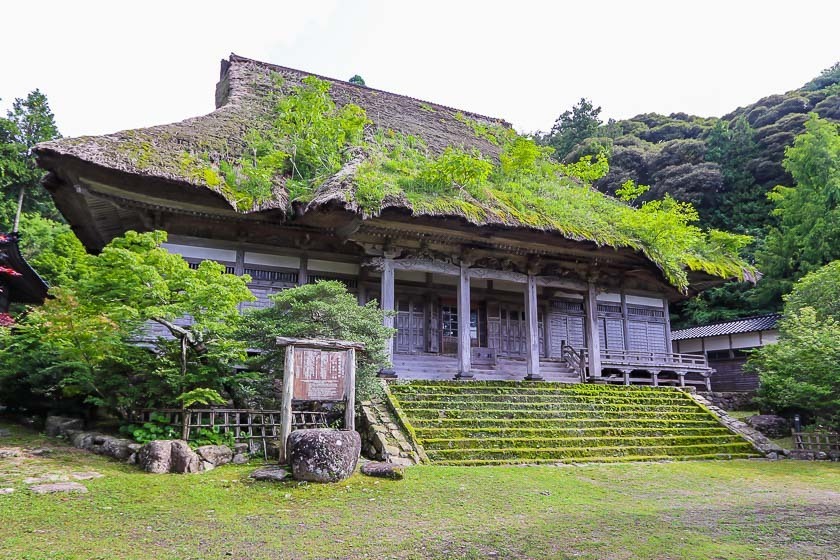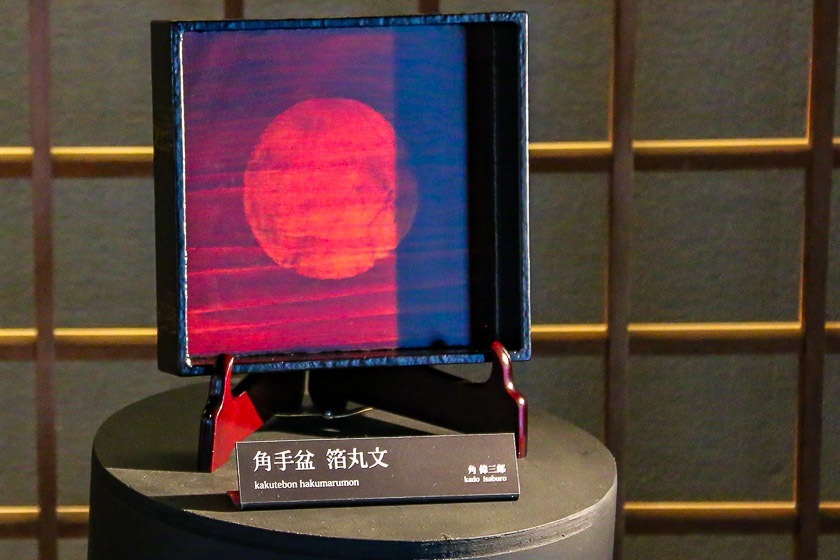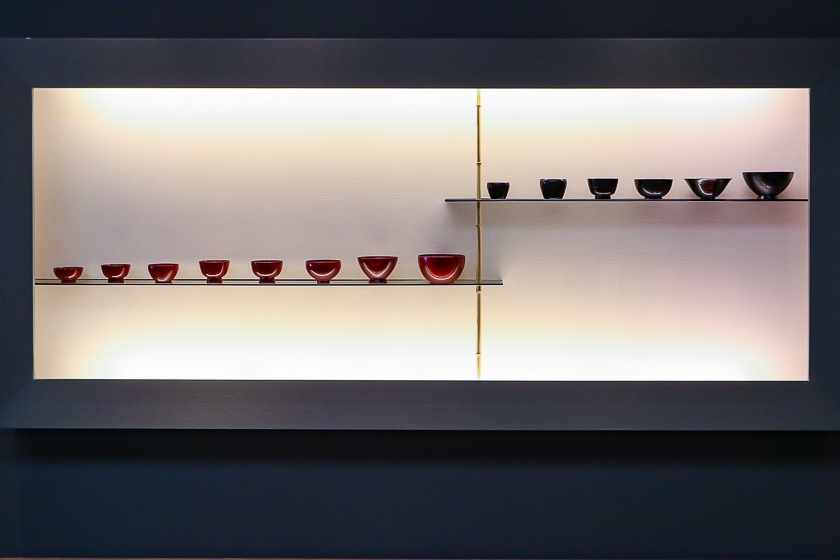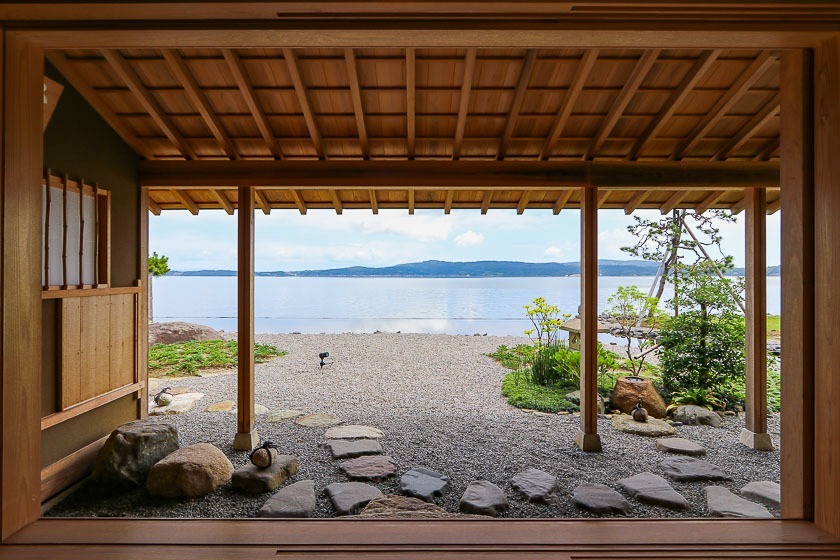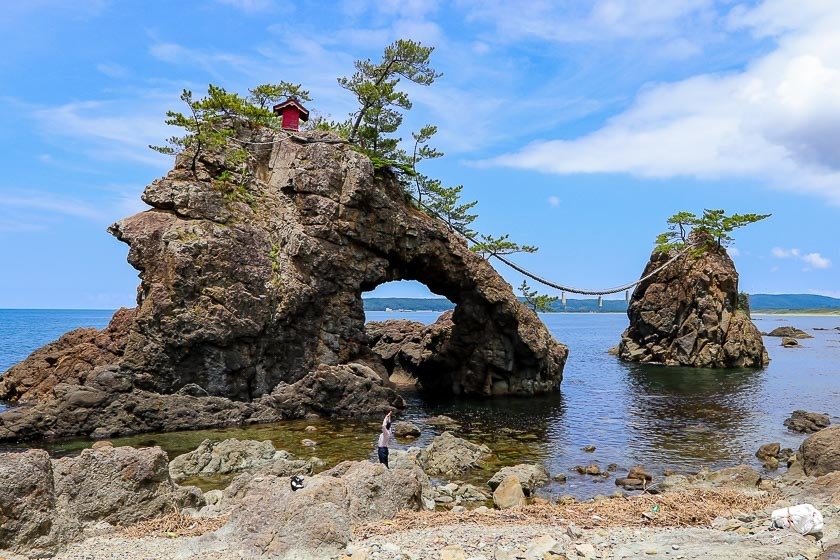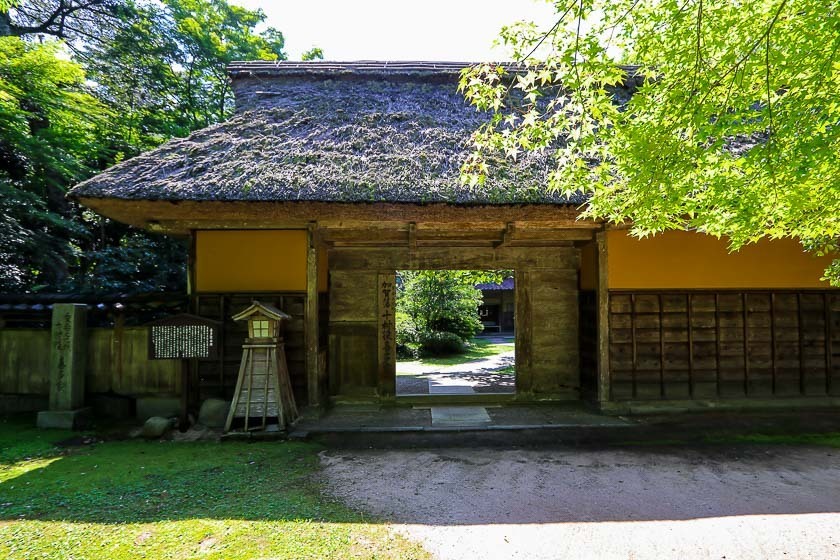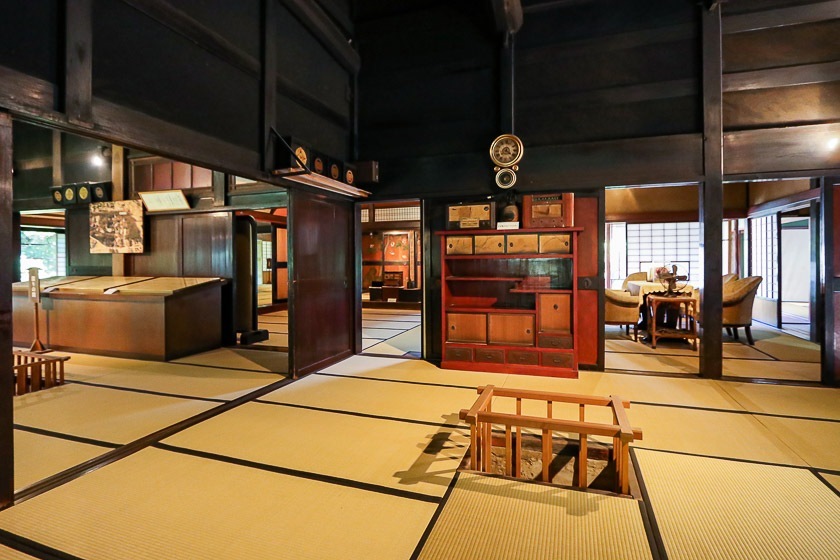Secrets of Noto Hanto
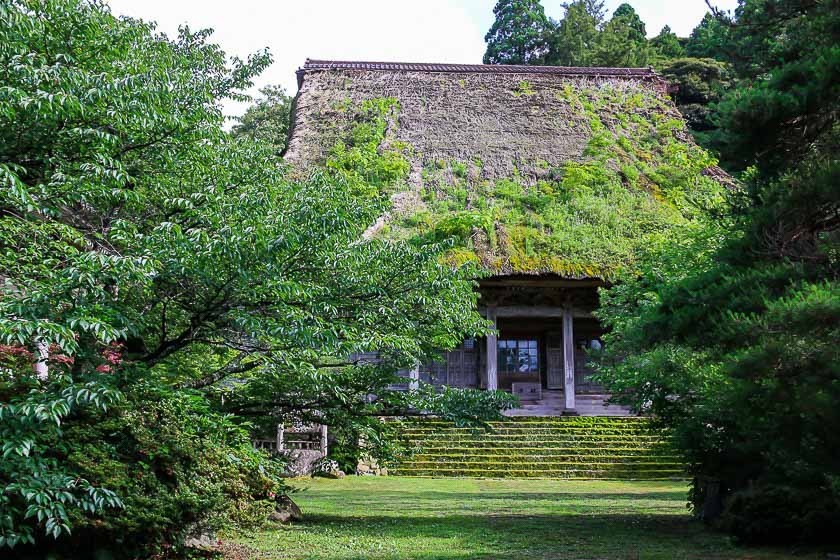
The Noto Peninsula is one of the few peninsulas along the Sea of Japan side of the country. The rural peninsula has a rugged coastline, and offers visitors an opportunity to get lost in time. Easily one of my favourite peninsulas to visit, purely for its rural vibes and countryside charm, the Noto Peninsula is also chock-full of many hidden gems that have remained relatively unscathed by modernization and human traffic.
The best way to get around the Noto Peninsula is by car. Train service, which connects to Kanazawa, only goes to one side of the southern half, while bus services require a lot of planning. The coastal roads offer views of the rugged coastline, while inland roads pass through small villages, farmland and forest.
Below are some places I found to be particularly beautiful when I visited the Noto Peninsula.
Northern half of Noto Peninsula
Known as Okunoto, the more rural and remote area of Noto Peninsula, the northern half of the peninsula offers visitors an opportunity to be lost in time. Sightseeing attractions tend to be more spread out, but the scenic coastal drive makes up for the distance.
The gems in this half include the Tokikuni Residences, which were occupied by the Tokikuni family - descendants of the powerful Taira clan. The butterfly family crest, which can be seen at the residence, reflects that connection. The Okunoto salt farms are also quite interesting to visit. Noto sea salt typically has fine crystals, and it is usually used as a finishing salt rather than as a cooking one.
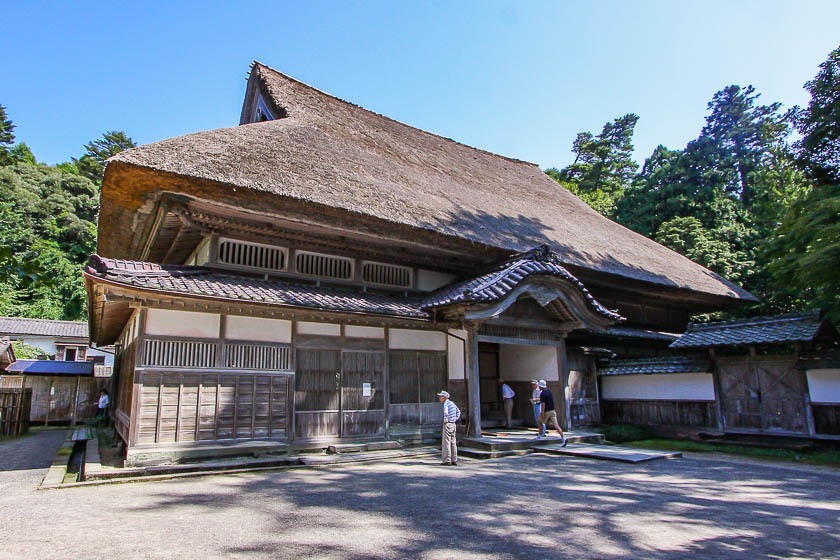
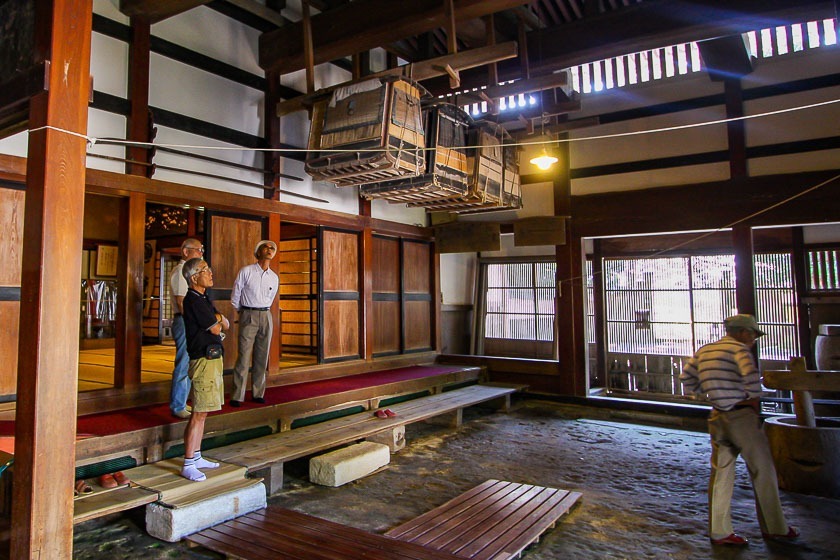
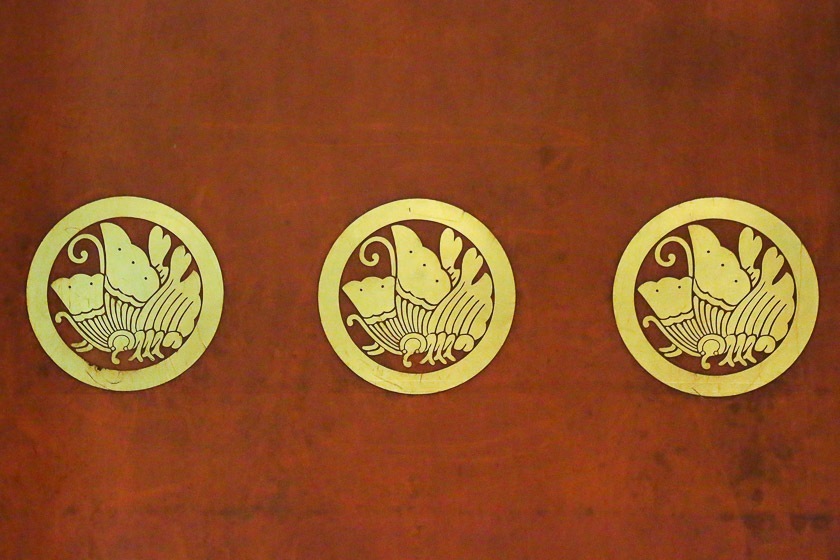
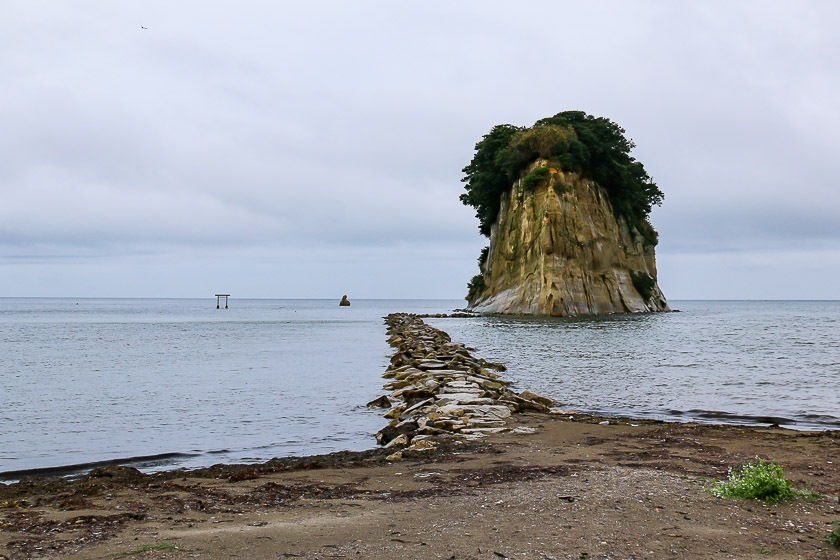
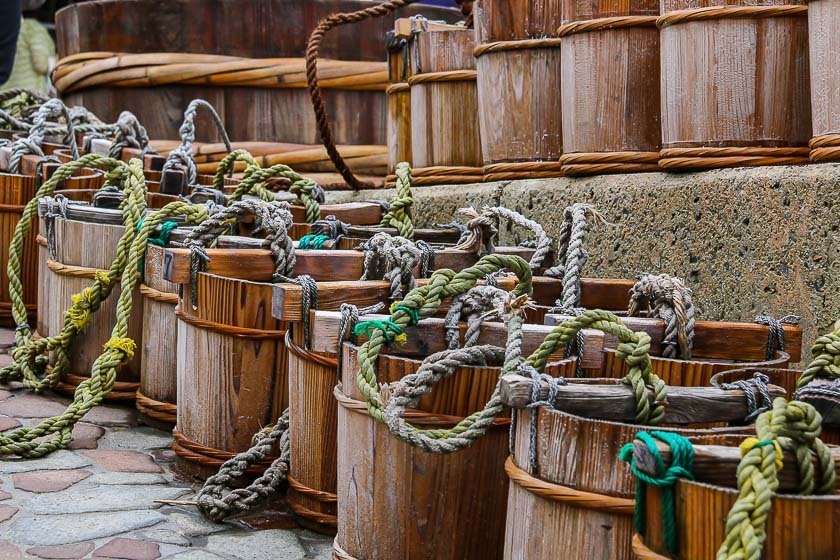
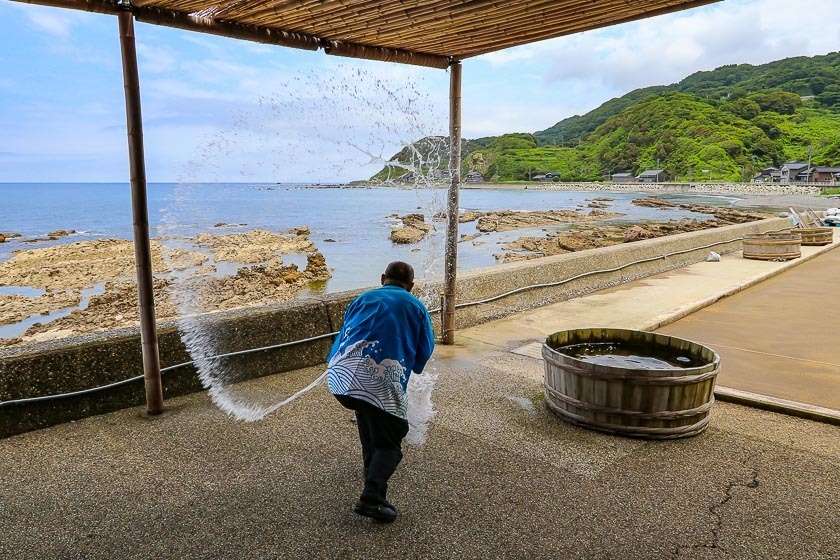
Southern half of Noto Peninsula
The more developed and populous southern half of the Noto Peninsula is home to slightly more modern sights, but equally dramatic coastal views as in Okunoto. Some of my favourites of this half include the Agishi Honseiji Temple, the Kita Residence and Chirihama Beach.
Agishi Honseiji Temple's main hall, which was reconstructed in 1792, is said to have one of the three biggest thatched roofs in Japan. The temple is also the Noto Peninsula's biggest and oldest Jodo-Shin sect temple. The exquisite Kita Residence on the other hand, is a well maintained samurai residence that showcases a wealth of traditional Japanese design and techniques. No detail was left out, right down to the window slats.
